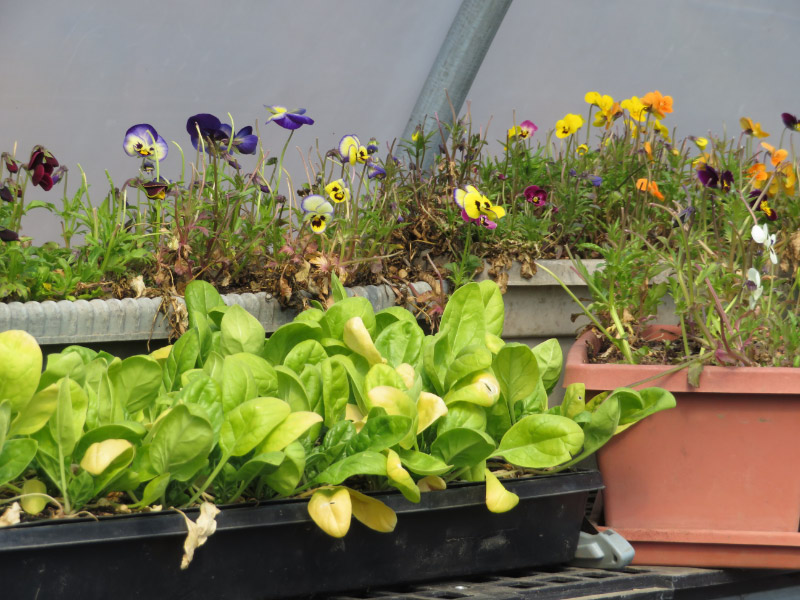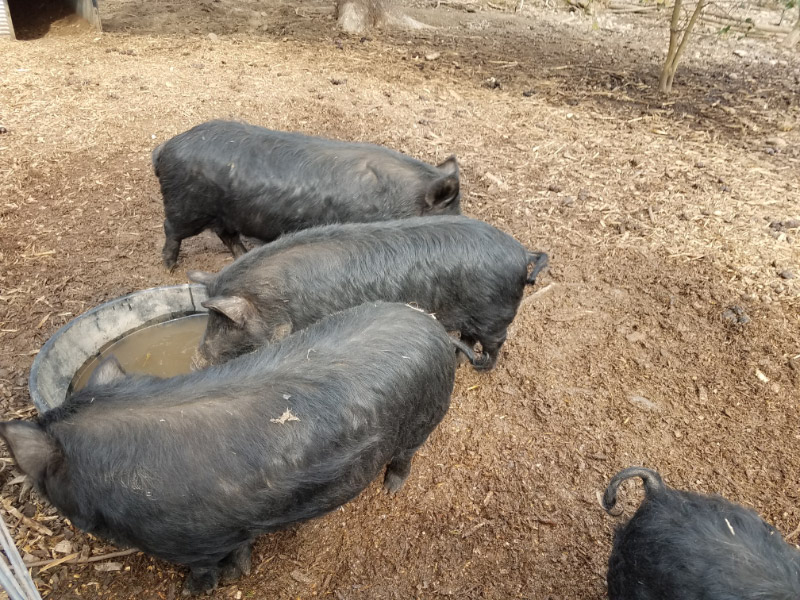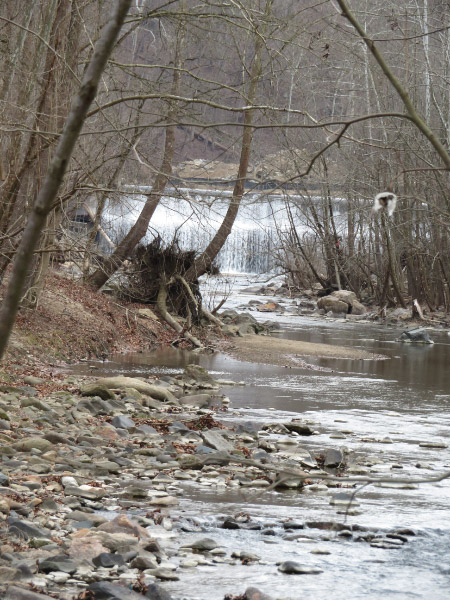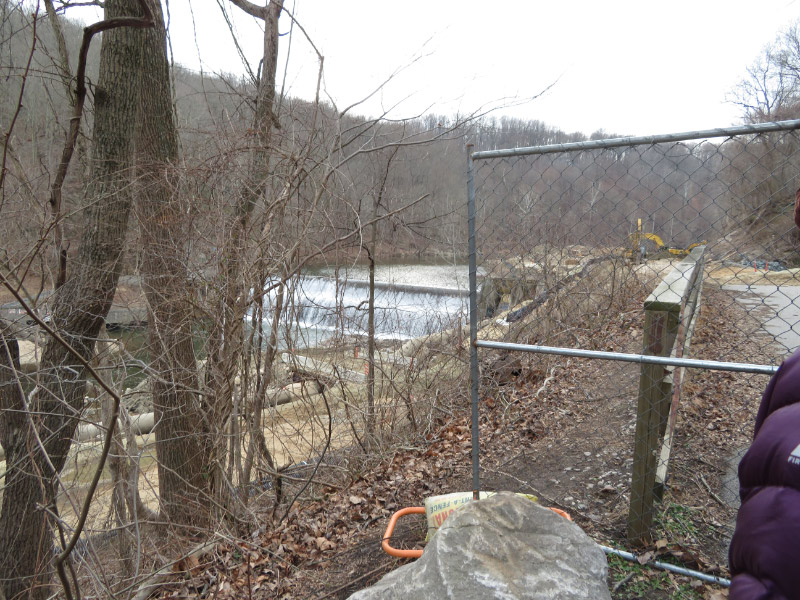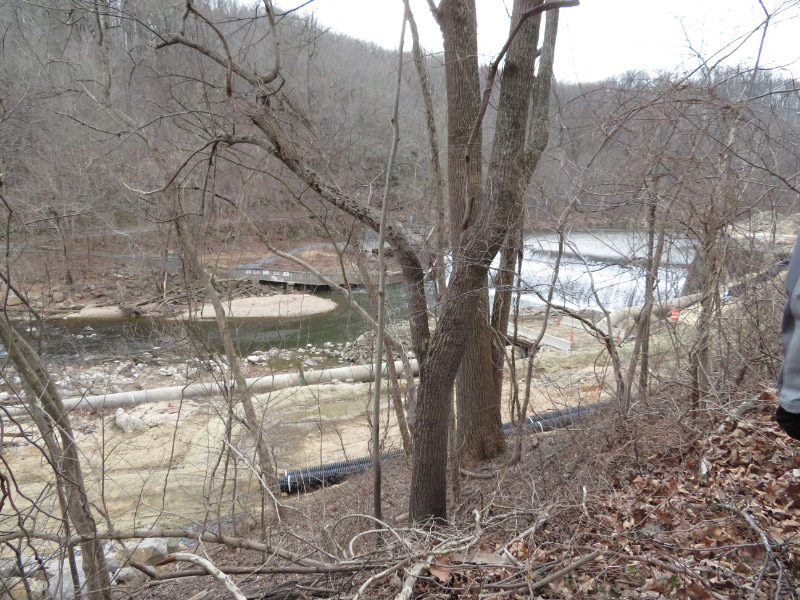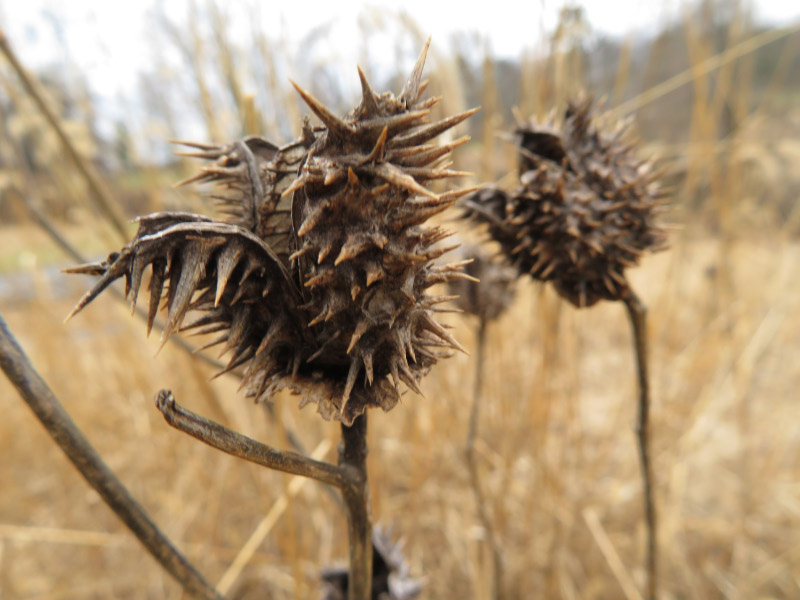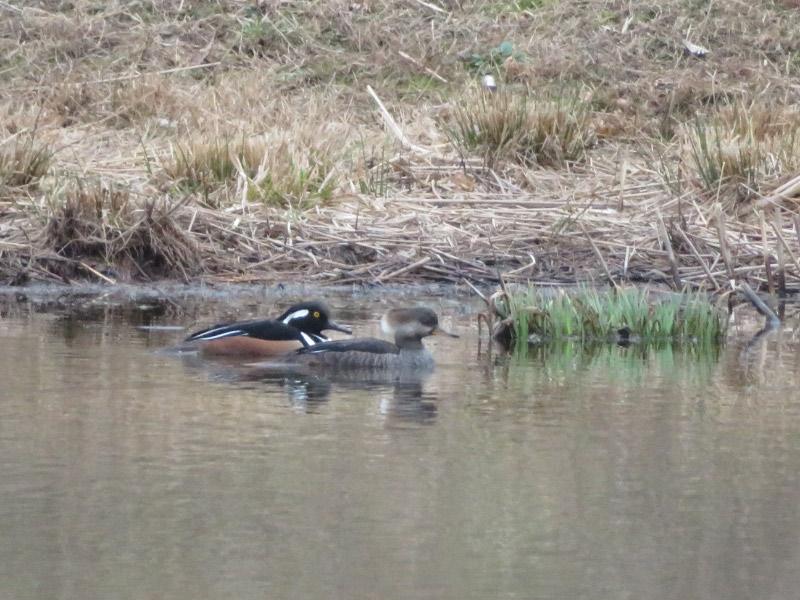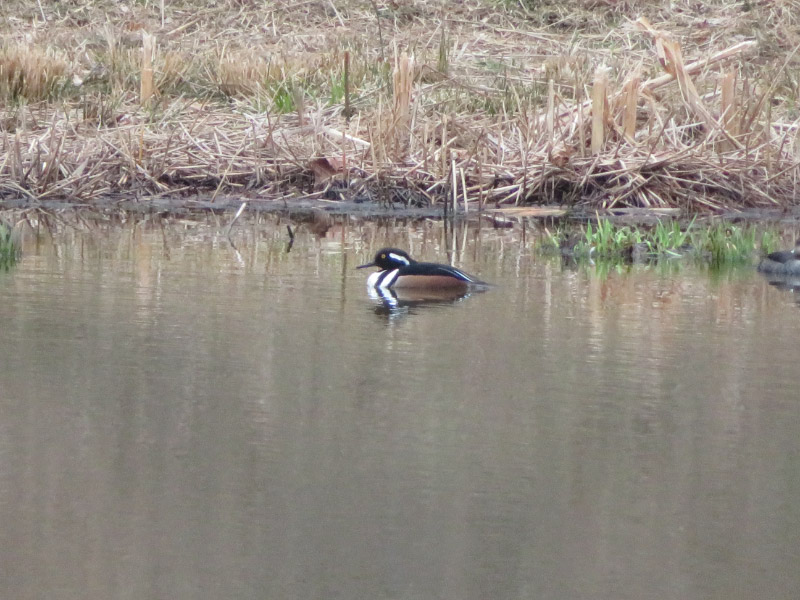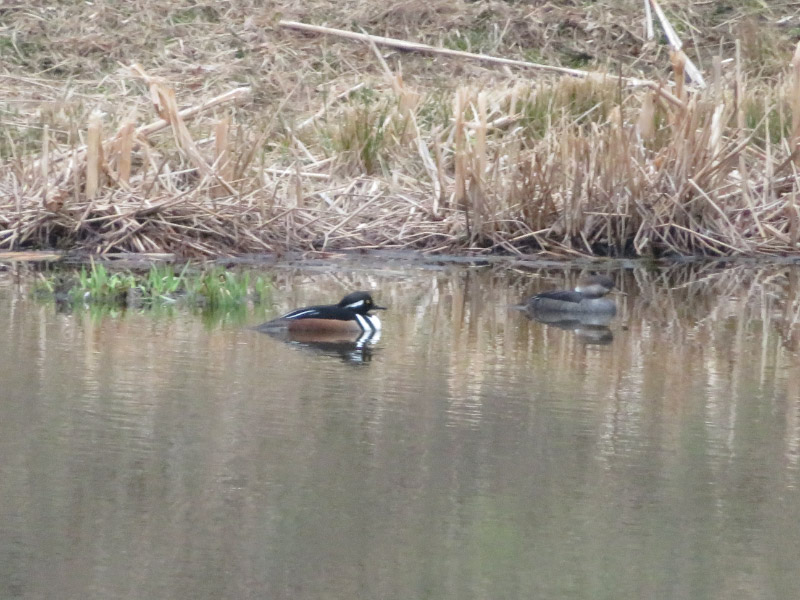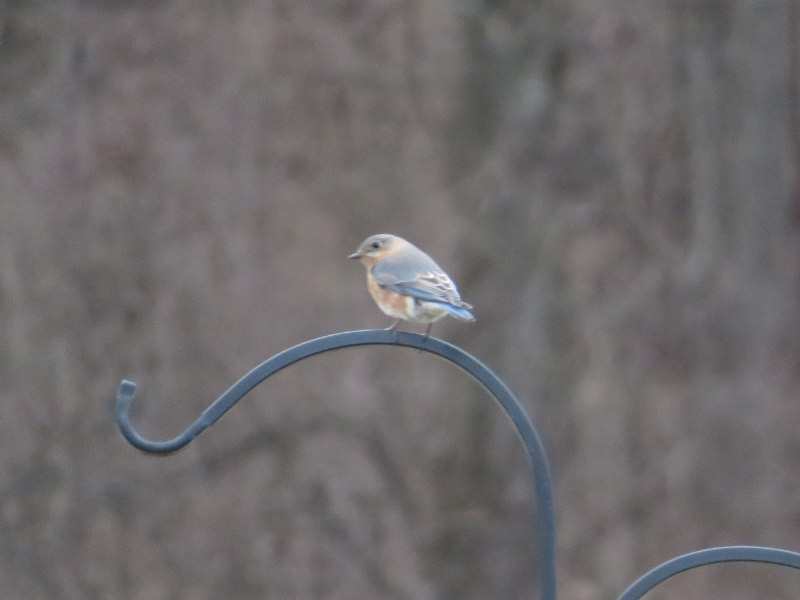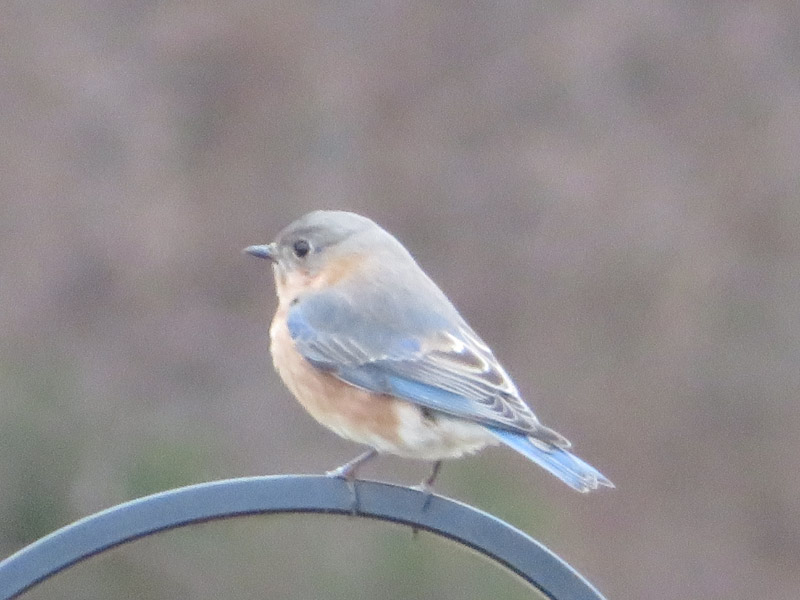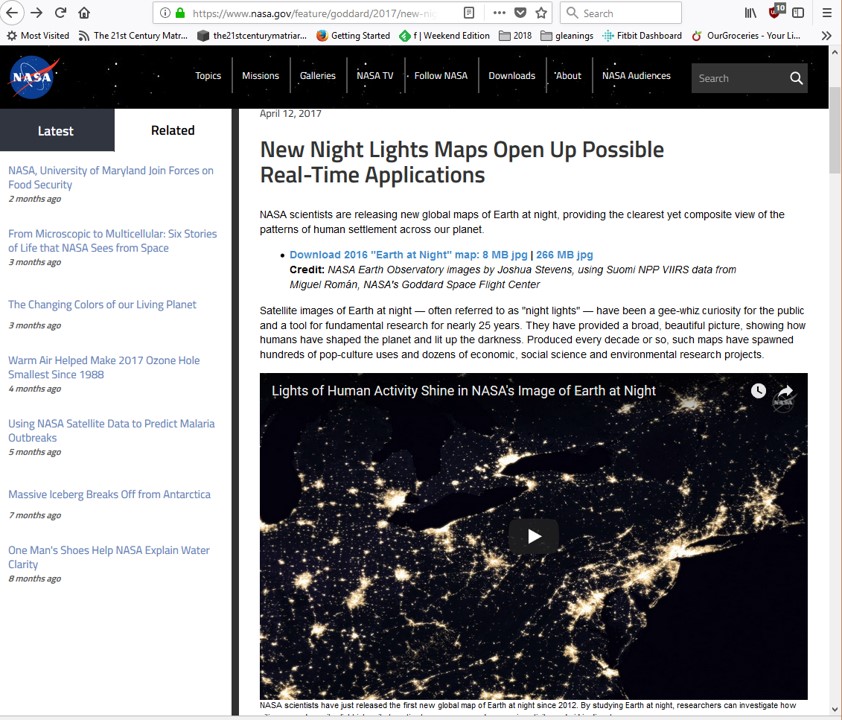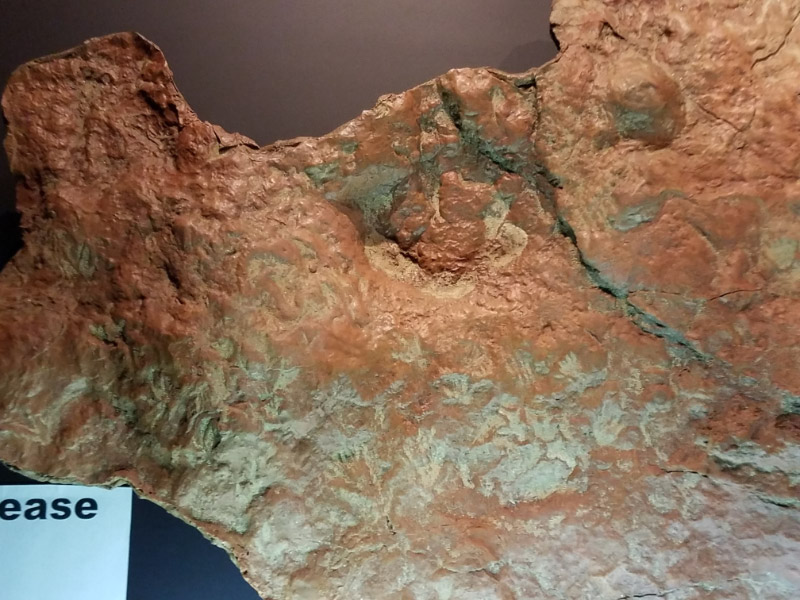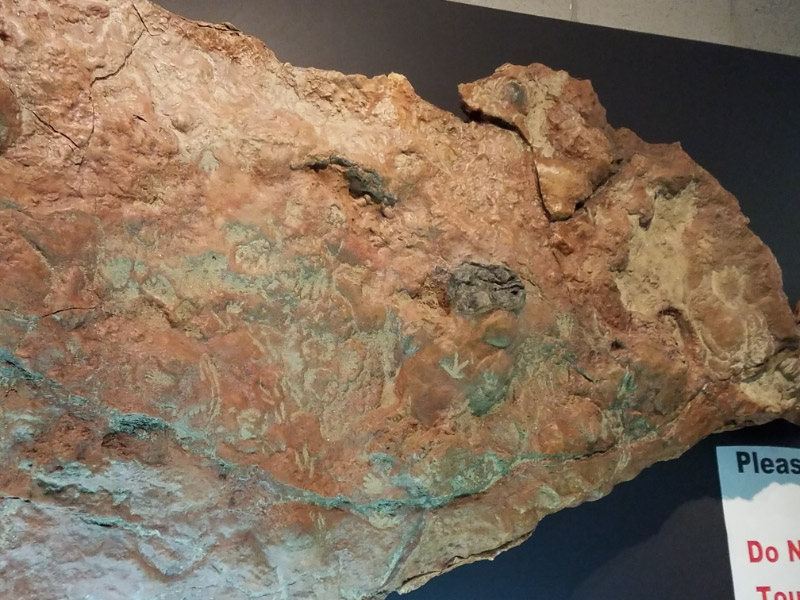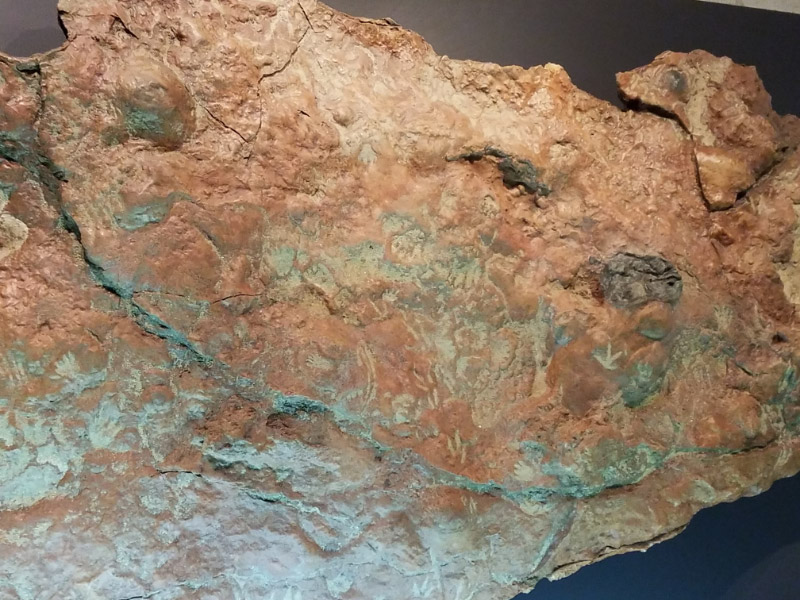Ten Little Celebrations – November 2018
/At the beginning of November, we had a short burst of color before the leaves fell off the trees. I celebrated a glorious fall day…wishing the season had not been so short this year.
HoLLIE (Howard County Legacy Leadership Institute for the Environment) graduation was this month after accumulating enough volunteer hours since finishing the class last spring.
And then came the Festival of the Cranes with so many little celebrations:
Seeing sandhill cranes in flight – being close enough to their fly out to hear the first few high-power flaps of their wings.
Seeing two barn owls circle above the field where I was standing. It was a first for me….so beautiful and ghost-like.
Sevilleta National Wildlife Refuge. It was my first visit to the place and it’s hard to choose the high point maybe it was the screwbean mesquite the herd of pronghorn playing a running game with our caravan or seeing a shrike with a meal.
Hooded Mergansers. It was not the first time I had seen the birds (there were some on a local (Maryland) pond we visited during our 5th HoLLIE class). But they were not displaying like the birds we saw during the Festival of the Cranes.
Bosque del Apache National Wildlife Refuge. What an amazing place….and great hosts to the Festival of the Cranes. I am already planning to go again! There are so many sights and sounds to celebrate here.
Home again. I celebrate returning every time I am away for longer than a couple days.
Bald Eagle seen from my office window. The morning we left to drive to Pennsylvania for Thanksgiving, a bald eagle flew over the forest behind our house while I was shutting down my laptop for the road trip. It continued over our house. Since I saw a pair of eagles soaring a nearby shopping center recently, I think perhaps their nest is somewhere in the forest along the Middle Patuxent River near us. What a way to start the Thanksgiving holiday!
Thanksgiving….celebrating the day…realizing how much I am thankful for.











